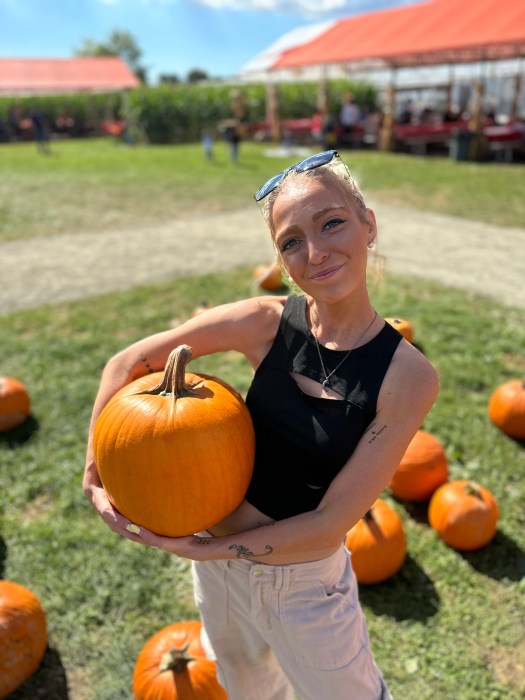The old saying, “Busy as a Bee” comes from the fact that bees pollinate at least 70% of our crops, which is 1 out of 3 bites of food that we eat – encompassing at least 95 varieties of crops.
The world’s bees are in jeopardy of extinction. Bees have been dying off in droves since the mid 1990s. This disaster began in France and kept spreading throughout the world, hitting the U.S. in 2006. It was given a name – colony collapse disorder, or CCD. Much has been made over the so-called mystery surrounding CCD.
Well, a new class of pesticide was introduced for agriculture that is a neurotoxin to bees called the neonicotinoid family of pesticides. Introduced in the 1990s, neonicotinoids have rapidly taken over the global insecticide market. Like the product clothianidin, their predecessor, neonicotinoids are used as seed treatments in hundreds of crops from corn to almonds, yes, as well as lawn care and even flea products. These products can persist for years in the soil and systemically permeate the plants to which they are applied, to be expressed as pollen and nectar for bees. In other words, this class of pesticide is nearly pervasive and bees are exposed to it in many different ways. These toxins are key causes of pathogens, habitat loss and immune system damage to bees.
Albert Einstein has been quoted as saying, “ If the bee disappears from the surface of the Earth, man would have no more than four years left to live!” So, if you hear a humming or buzz in your yard or see a bee flying by you, “bee” very happy. Do not harm the bee.
“Bee” a honey and start by taking these few steps so our bees can pollinate and regain their ever diminishing colonies. Some plants that attract bees are Anthyllis vulneraria (commonly known as Kidney Vetch), Crocuses, Sunflowers, Borage, Greater Knapweed, Geranium, Mint, Honeysuckle, and Rosemary. Build a bee shelter in your yard to help protect them from heavy rains, etc. And most of all, don’t use any kind of synthetic sprays such as insecticides containing imidacloprid, clothianidin, and thiamethoxam and the very deadly weed killer glyphosate (herbicide). Read labels; only use organic products for your lawn and flowers.
Spread the “buzz” on saving our bees and we will always be as sweet as honey.
Gary Feldman
Organic Food Advocate































